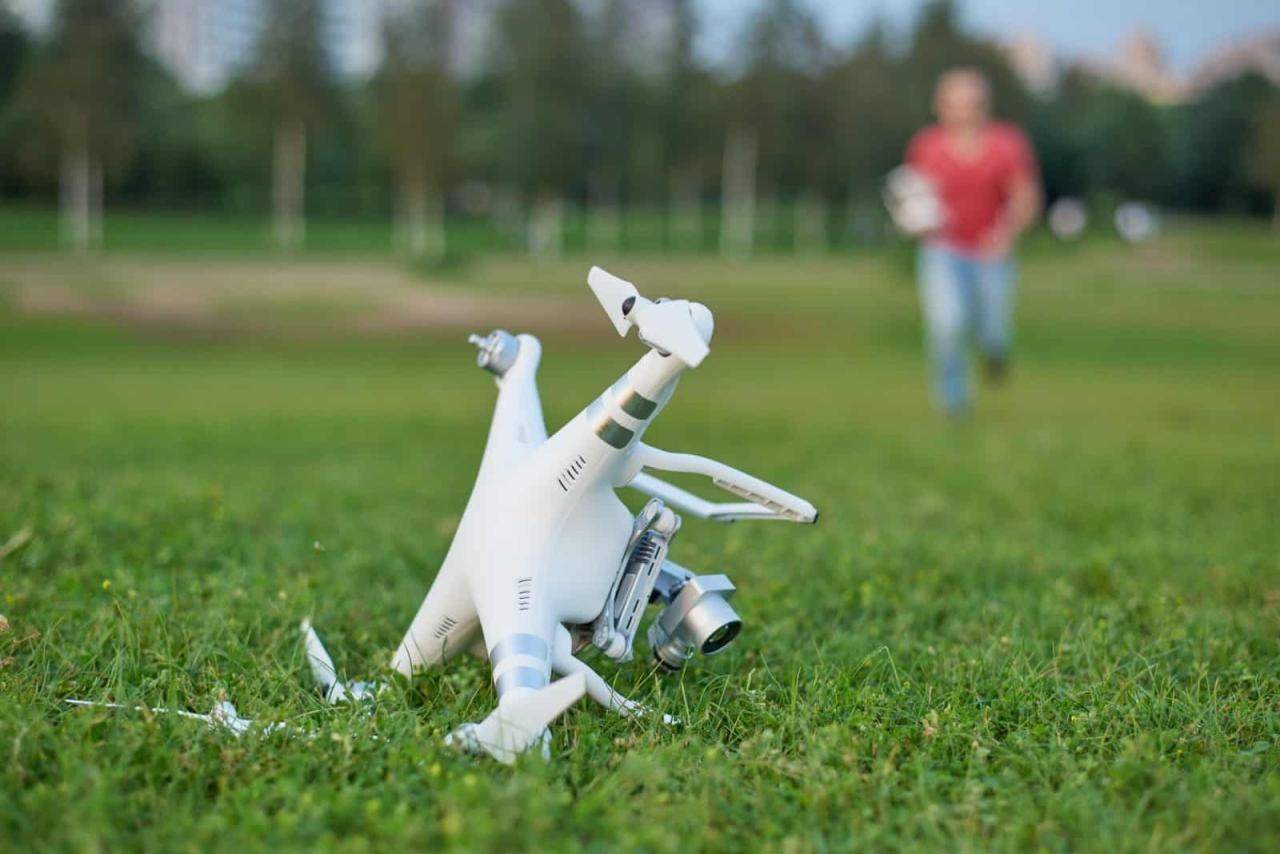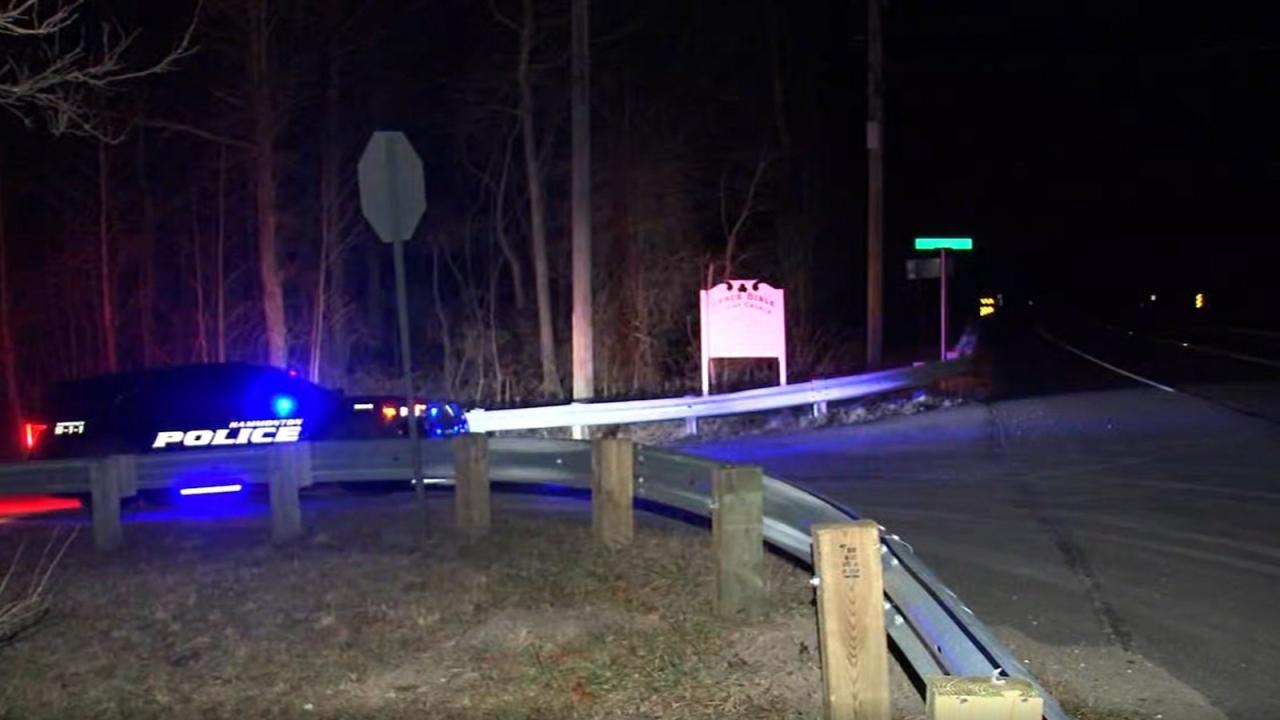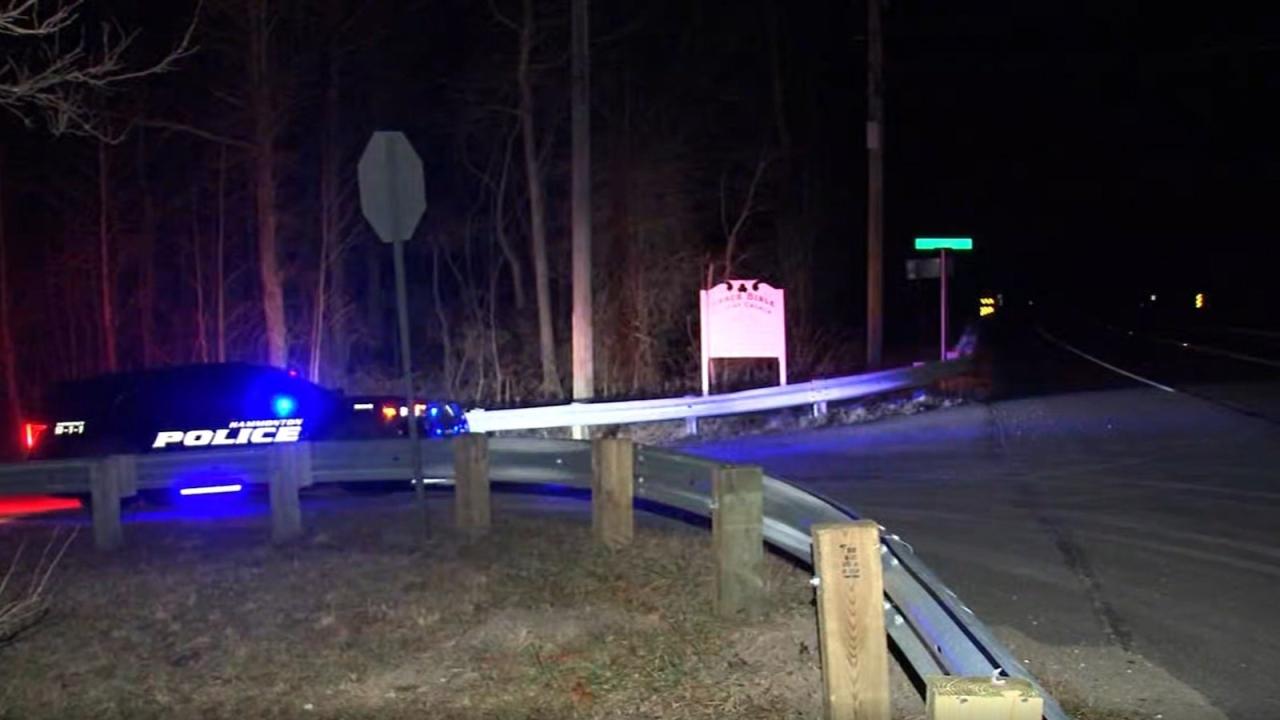Drone crashes in New Jersey are increasingly becoming a concern. This article delves into the recent surge of incidents, exploring the contributing factors, regulatory landscape, and potential preventative measures. We’ll examine the various types of drones involved, from recreational models to commercial applications, and analyze the impact these crashes have on property, individuals, and the environment. Understanding the causes—ranging from mechanical failures to pilot error and adverse weather conditions—is crucial to mitigating future risks.
The analysis will encompass a detailed examination of New Jersey’s specific regulations and how they compare to other states, shedding light on the effectiveness of current safety protocols. By reviewing case studies and hypothetical scenarios, we aim to provide a comprehensive overview of this emerging challenge and propose actionable solutions for enhanced drone safety.
Recent Drone Crashes in New Jersey
Drone incidents in New Jersey, while relatively infrequent compared to other states with higher drone usage, still pose safety and regulatory concerns. This section details recent crashes, analyzing causes and patterns to inform future safety measures.
Reported Drone Crash Incidents
The following table summarizes reported drone crashes in New Jersey over the past year. Note that this data may not be entirely comprehensive due to underreporting of minor incidents. Official data collection on drone crashes is still evolving.
| Date | Location | Cause (if known) | Damage |
|---|---|---|---|
| October 26, 2023 | Hoboken | Operator error (loss of control) | Minor damage to drone; no other damage reported. |
| August 15, 2023 | Atlantic City | Mechanical failure (motor malfunction) | Drone destroyed; minor property damage to nearby fence. |
| June 5, 2023 | Princeton | Unknown | Drone lost; no damage reported. |
| March 10, 2023 | Newark | High winds | Drone damaged; no injuries. |
Timeline and Trends of Drone Crashes
Analyzing the reported incidents reveals a potential correlation between increased crash frequency during periods of inclement weather. Further investigation is needed to establish conclusive trends.
- A noticeable spike in incidents occurred during the summer months, potentially due to increased recreational drone use.
- Most reported crashes involved smaller, recreational drones, suggesting a need for improved safety education in this sector.
Types of Drones Involved
The majority of crashes involved commercially available recreational drones, highlighting the need for improved safety education and training for recreational users. Fewer incidents involved larger, commercial drones, suggesting stricter regulations and professional training may be more effective in this area.
Causes of Drone Crashes in New Jersey
Understanding the root causes of drone crashes is crucial for implementing effective preventative measures. Several factors contribute to these incidents.
Common Causes of Drone Crashes
Several factors contribute to drone crashes in New Jersey, often in combination. These include mechanical failures, operator errors, and adverse weather conditions.
- Mechanical Failure: Malfunctioning motors, battery issues, and GPS errors can lead to sudden loss of control.
- Operator Error: Inexperience, lack of training, and poor judgment are significant contributors. Flying beyond visual line of sight (BVLOS) and neglecting weather conditions are common mistakes.
- Weather Conditions: Strong winds, heavy rain, and low visibility significantly impair drone stability and control.
Pilot Experience and Training
The level of pilot experience and training is directly correlated with crash rates. Inexperienced pilots are significantly more prone to accidents.
Recent drone crashes in New Jersey highlight the importance of safe drone operation. Understanding payload capacity is crucial, and resources like information on remington drone loads can help operators avoid overloading, a factor often contributing to accidents. Proper weight management, as demonstrated by understanding these load limits, is key to preventing future drone crashes in the state.
- Experienced Pilots: Lower crash rate, typically due to better understanding of drone limitations and better response to unexpected situations.
- Inexperienced Pilots: Higher crash rate, often due to lack of knowledge regarding weather conditions, emergency procedures, and proper pre-flight checks.
Hypothetical Weather-Related Crash Scenario
A drone, operated by an inexperienced pilot, is flown during a sudden thunderstorm. Wind speeds reach 30 mph, visibility drops to less than 100 feet due to heavy rain, and the drone is caught in a strong gust, causing a loss of control and a subsequent crash.
Regulations and Safety Measures: Drone Crashes In New Jersey
New Jersey, like other states, has regulations in place to govern drone operation. Adherence to these regulations and the adoption of safe operating practices are crucial for preventing accidents.
Drone Regulations in New Jersey
The following table Artikels some key regulations for drone operation in New Jersey. These regulations are subject to change, so it’s important to consult the latest FAA and state guidelines.
| Regulation | Description | Penalties for Violation |
|---|---|---|
| Registration | All drones weighing over 0.55 pounds must be registered with the FAA. | Fines and potential legal action. |
| Visual Line of Sight | Operators must maintain visual contact with their drone at all times. | Fines and potential legal action. |
| Flight Restrictions | Drones cannot be flown near airports, crowded areas, or critical infrastructure without proper authorization. | Fines, potential legal action, and possible jail time. |
Recommended Safety Procedures

Drone operators should always prioritize safety. This includes thorough pre-flight checks, awareness of weather conditions, and adherence to all applicable regulations.
- Conduct thorough pre-flight inspections.
- Check weather forecasts before and during flight.
- Maintain visual line of sight.
- Avoid flying near people, buildings, and other obstacles.
- Obtain necessary permits and approvals before flying in restricted areas.
Comparison with Another State’s Regulations
Compared to California, New Jersey’s drone regulations are largely similar, focusing on FAA guidelines. However, California has specific regulations concerning wildfires, due to its unique environmental challenges. This highlights how state-specific regulations can adapt to address local concerns.
Impact of Drone Crashes
The consequences of drone crashes extend beyond the immediate damage to the drone itself, impacting property, individuals, and the environment.
Potential Consequences

Drone crashes can lead to a variety of negative consequences, depending on the circumstances of the incident.
- Property Damage: Drones can cause significant damage to buildings, vehicles, and other property.
- Injuries: Falling drones can cause serious injuries or even fatalities.
- Environmental Impact: Crashes can result in pollution from damaged batteries or other components.
Economic Impact, Drone crashes in new jersey
The economic costs associated with drone crashes can be substantial.
- Repair Costs: Repairing damaged property can be expensive.
- Insurance Claims: Insurance companies may face significant payouts.
- Legal Liabilities: Legal battles and settlements can lead to substantial financial losses.
Hypothetical Case Study
A drone crash into a power line causes a widespread power outage, resulting in significant property damage, business disruptions, and injuries to individuals. The investigation identifies operator negligence as the primary cause, leading to legal proceedings and substantial financial repercussions for the operator.
Future Implications and Prevention
Preventing future drone crashes requires a multi-pronged approach involving improved pilot training, stricter regulations, and technological advancements.
Strategies for Improving Drone Safety

Several strategies can be implemented to enhance drone safety in New Jersey.
- Improved Pilot Training: Mandatory training programs for both recreational and commercial drone operators.
- Stricter Regulations: Enforce existing regulations more strictly and potentially implement new rules to address emerging challenges.
- Technological Advancements: Promote the development and use of advanced safety features, such as obstacle avoidance systems and improved communication protocols.
Technological Solutions
Technological solutions offer significant potential for enhancing drone safety.
- Enhanced Obstacle Avoidance Systems: More sophisticated systems that can detect and avoid obstacles more effectively.
- Improved Drone Communication Protocols: Reliable communication systems that can provide real-time information about drone status and location.
- Fail-safe Mechanisms: Built-in systems that can automatically take control of the drone in case of malfunction.
Recommendations for Policymakers
Policymakers should prioritize drone safety by investing in robust training programs, enforcing existing regulations, and promoting technological advancements to minimize the risk of accidents.
- Increase funding for drone safety education and training initiatives.
- Implement stricter penalties for violations of drone regulations.
- Support research and development of advanced safety technologies.
- Establish a dedicated task force to monitor drone safety and investigate incidents.
In conclusion, the increasing number of drone crashes in New Jersey underscores the need for a multi-faceted approach to safety. Stricter regulations, improved pilot training, and advancements in drone technology all play vital roles in preventing future incidents. By proactively addressing the causes and consequences of these crashes, we can strive towards a safer airspace and foster responsible drone operation within the state.
The economic and environmental impact of these accidents necessitates a collaborative effort between policymakers, drone operators, and technology developers to minimize risks and ensure public safety.
Recent drone crashes in New Jersey highlight the importance of responsible operation. Many incidents involve drones equipped with cameras, often used for aerial photography or videography; consider the features available in high-quality models like those detailed on this site, drone with camera. Understanding a drone’s capabilities is crucial to preventing future accidents and ensuring the safety of both operators and the public in New Jersey’s airspace.
FAQs
What is the average cost of repairing a damaged drone after a crash?
Repair costs vary significantly depending on the drone’s model, the extent of the damage, and the availability of parts. Minor repairs might cost a few hundred dollars, while major damage could necessitate replacement, costing thousands.
Who is liable in case of property damage caused by a drone crash?
Liability typically falls on the drone operator, though specific circumstances can influence this. Insurance coverage is strongly recommended to mitigate potential financial repercussions.
Are there specific areas in New Jersey where drone flight is restricted?
Yes, areas near airports, sensitive infrastructure (e.g., power plants), and populated events often have flight restrictions. Check with the FAA and local authorities for specific regulations.
